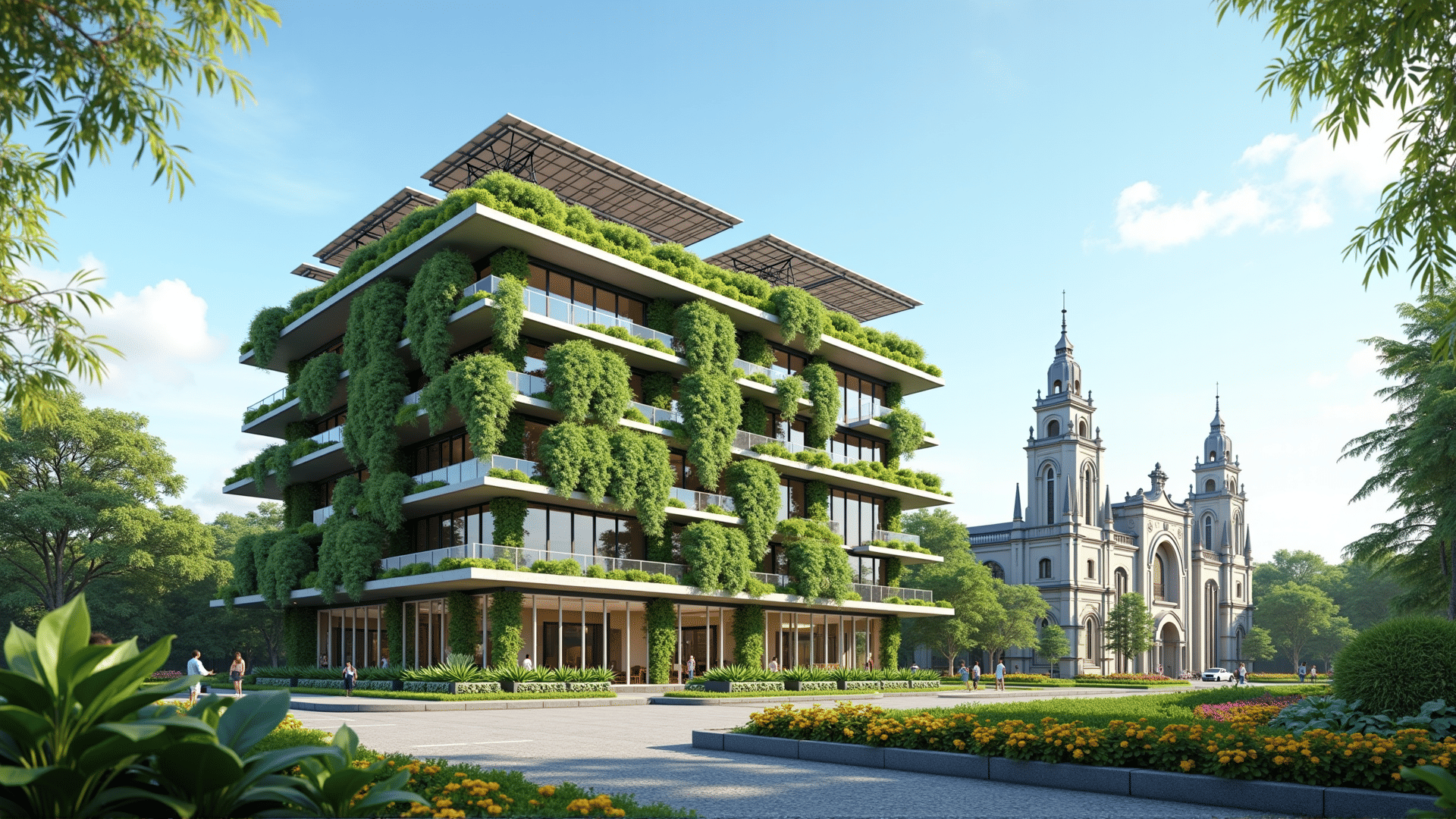Innovative designs in architecture are increasingly embracing sustainability as a core principle. This shift is not just about reducing environmental impact but also about enhancing the well-being of communities and creating structures that harmonize with their surroundings. The advent of sustainable architecture reveals a promising trajectory toward a more ecologically balanced future.
One groundbreaking approach involves the use of renewable materials. Architects are increasingly opting for resources like bamboo, recycled steel, and reclaimed wood. These materials not only decrease the carbon footprint of a building but also add aesthetic value, offering a blend of modern and natural elements. The use of local materials further supports regional identity and reduces the carbon emissions associated with transportation.
In addition to material selection, energy efficiency is a key component of sustainable architecture. Buildings are now being designed to minimize energy consumption through smart technologies and innovative design solutions. For instance, green roofs and walls not only insulate structures but also improve air quality and promote biodiversity in urban settings. Moreover, the integration of solar panels and wind turbines can enable buildings to produce their own energy, reducing reliance on non-renewable sources.
Water conservation is another critical aspect of sustainable design. Innovations in this area include systems for rainwater harvesting and wastewater recycling. These solutions reduce the demand on municipal water supplies and allow buildings to operate with greater environmental responsibility. Additionally, the implementation of efficient plumbing fixtures and the use of drought-resistant landscaping further contribute to water-saving efforts.
Designs that prioritize natural light not only reduce the need for artificial lighting but also enhance the atmosphere of indoor spaces. Strategic placement of windows, skylights, and reflective surfaces can maximize daylight penetration, creating bright and inviting environments conducive to productivity and comfort. Indoor environments that connect occupants with the natural world through dynamic views and natural ventilation further enhance mental and physical well-being.
Community-focused designs are also emerging as a vital part of sustainable architecture. Such projects often feature communal spaces intended to foster interaction and collaboration, thereby strengthening social networks. These designs can also include urban agriculture opportunities, such as community gardens or rooftop farms, to support local food production and encourage community engagement.
Finally, the concept of adaptive reuse highlights another innovative pathway towards sustainability. By repurposing and refurbishing existing structures, architects can preserve historical elements while updating them with modern technologies and sustainable practices. This approach reduces the need for new construction, thus saving resources and maintaining cultural heritage.
In summary, sustainable architecture is not just a trend but a necessity in addressing the global environmental challenges of today. Through thoughtful design and innovative practices, architects can create buildings that not only serve present needs but also preserve resources for future generations. This commitment to sustainability ensures that architectural spaces evolve to actively contribute to the health and vitality of both the planet and its inhabitants.
